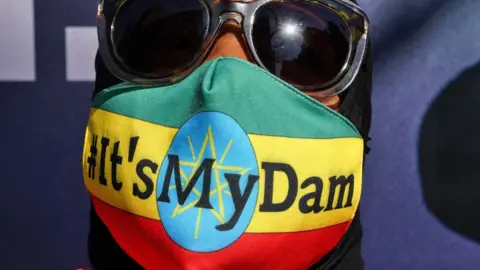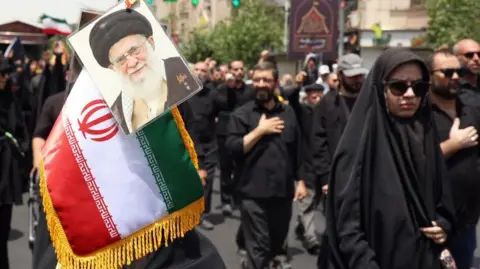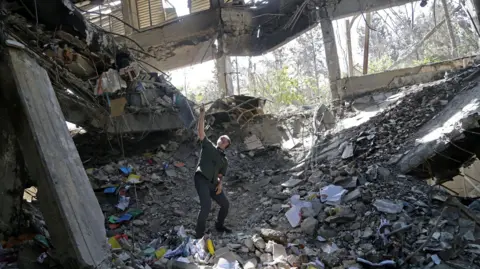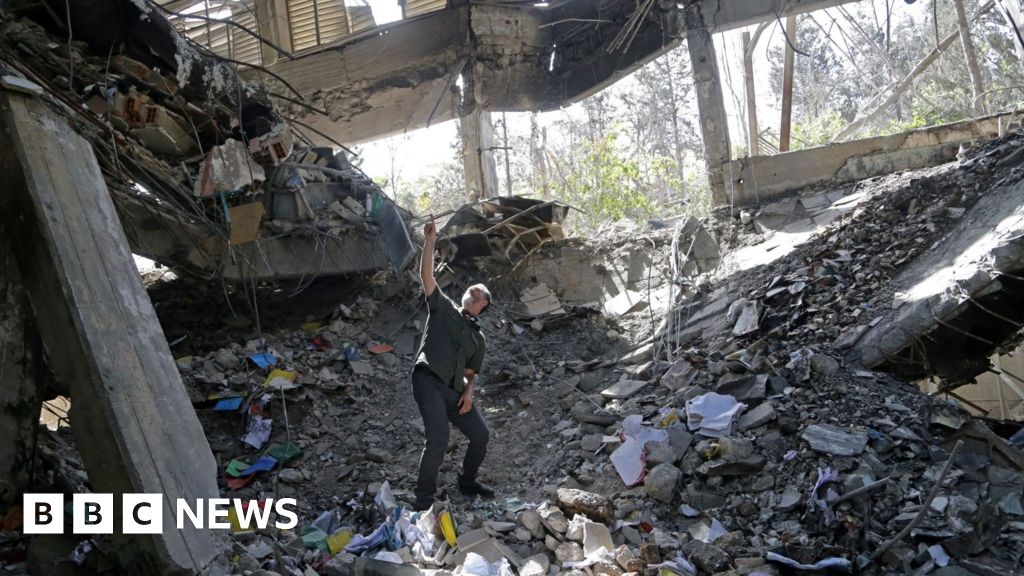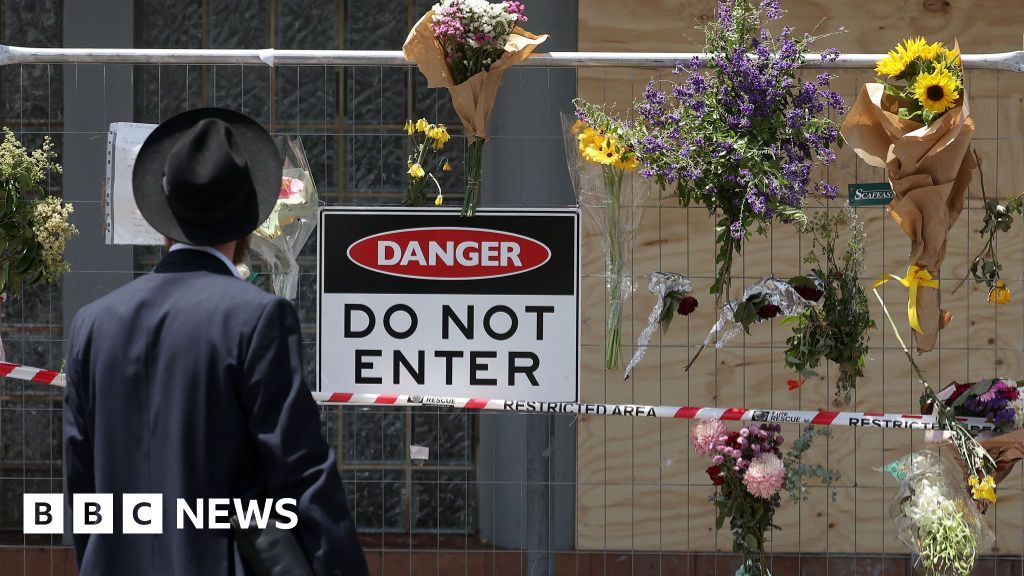Amid ongoing turmoil, the Iranian government is strategically redirecting the surge of nationalist fervor following its recent conflict with Israel and allied U.S. forces. The Ashura ceremony in Tehran showcased a shift in narrative; Ayatollah Ali Khamenei endorsed a traditional patriot anthem, “Ey Iran, Iran,” signaling a newfound embrace of nationalist themes previously neglected by the Islamic Republic. This change comes as the country faces significant physical and psychological devastation from the 12-day war, exacerbating the challenges of a severely impacted military and nuclear infrastructure.
In the wake of widespread civilian suffering, the regime capitalizes on national outrage, hoping to forge a rallying sentiment that strengthens internal support amidst dire economic conditions. The current leadership’s strategy seeks to interweave Iran's ancient heritage with contemporary governance, an approach that contradicts prior dismissals of pre-Islamic narratives and symbols by theocratic authorities. This blending of folklore and national pride marks a pivotal moment in Iran's political landscape, as officials endeavor to channel historical sentiment into a cohesive force to promote stability and unity within the nation.
In the wake of widespread civilian suffering, the regime capitalizes on national outrage, hoping to forge a rallying sentiment that strengthens internal support amidst dire economic conditions. The current leadership’s strategy seeks to interweave Iran's ancient heritage with contemporary governance, an approach that contradicts prior dismissals of pre-Islamic narratives and symbols by theocratic authorities. This blending of folklore and national pride marks a pivotal moment in Iran's political landscape, as officials endeavor to channel historical sentiment into a cohesive force to promote stability and unity within the nation.












